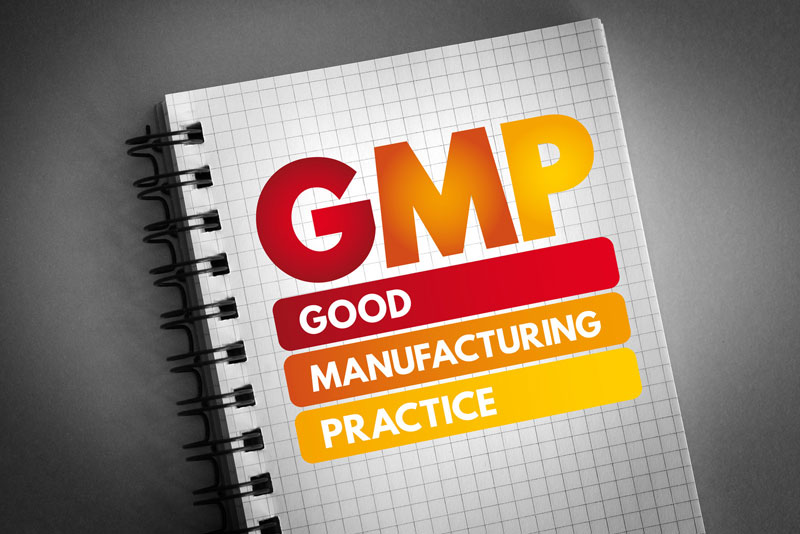Any business requires proper documentation and maintenance of data for smooth functioning and optimum results. With reliable data entry services, all vital documents can be digitized, properly organized, stored, accessed and retrieved easily. Accurate data allows business to gain valuable insights and make the right decisions at the right time. It helps keep track of day-to-day activities and also store data in usable formats.
Proper Documentation for Good Manufacturing Practice
Proper documentation is an important criterion in pharmaceutical companies and is the basic rule of Good Manufacturing Practices (GMP). It enables traceability of all development, manufacturing, and testing activities. With accurate documentation, it is easier for manufacturers to have a clear picture of what functions have been done in the past, what is happening now and a basis for planning what is going to happen in the future.
According to GMP, manufacturers have to maintain the following records:
- Raw materials
- Quality control testing
- Packaging materials
- Finished goods distribution
- Complaints
All procedures that affect the quality of the product is governed by GMP and it should be done in a formal manner with steps like:
- Procedures should have official introduction or with “effective on” date
- All the procedures should be authorized
- The procedure should be positioned in such a way that it is directly available to the users.
- A documented training event for all users must accompany procedures. The resultant training must be made available.
There are written set of specifications for the following that ensures consistent material quality and all of these specifications should be approved by the Quantity Department.
- Starting materials
- Packaging materials
- Intermediate products
- Finished goods
Starting materials require well-defined documentation which ensures that you get the materials you want without any mix up. These are defined by standard name, supplier’s code, unique item code, and unique batch number. The specifications for starting materials are inspection of test required, acceptance criteria, storage conditions, expiry date or retest.
The requirements for packaging materials must be clear and documented and these include a standard name and unique item code along with revision code. The specifications for packaging materials are detailed description of the item, inspection or test required, criteria for acceptance, and approved label copy.
Intermediate and bulk products also require proper documentation. Specifications for these products must be available if these are received or dispatched, and also if the data obtained from the tests on intermediate or bulk products are used for the evaluation of finished products. The specifications should be similar to the specifications for starting materials of finished products, as apt.
Documentation and specifications for finished products include an accurate account of therapeutically active substances, the product name and code, the pharmaceutical dosage form, physical appearance, tests and limits used to release the finished product, sampling instructions and finally, the shelf life and storage conditions.
Documents for Production
Production documents are important for the processing and quality of the products. It is important to ensure that the manufacturing instructions are followed correctly, batch records must be accurate, complete and recorded in real time. It includes documents such as
- Master formula and processing instructions: The way in which the product is to be manufactured and the sequence of processing.
- Batch documents: Batch records are authorized copies of master processing instructions. They give instructions about what to do and a record of what was done. It also includes a list of all materials and elements used in the composition.
- Labels and tags: These include cleaning tags and calibration tags which require the date of the operations and the signature, or the initials of the person applying the label.
- Logs and forms: These include calibration and cleaning records, which document and provide evidence for the operations performed.
Documents for Packaging
These documents act as proof that the right products are packed in the right container with the correct labels. The officials should make sure that the instructions are followed correctly.
- Packaging bills of materials and master packaging instructions: It contains all details needed for labelling. It also includes areas for calculating yield and also for reconciliation of packaging items.
- Batch records packaging: These are authorized records of master packaging instructions. They provide instructions of what to do and what was done. They also include a list of all materials and components used along with the quantities. Packaging batch records serve as evidence of the product quality as operators are required to sign their name to certify the operation that took place with approved instructions. They also provide evidence of product identity because operators have to sign their name to show that the operations were carried out as per the approved instructions, and that the current revisions of the printed matter were used when performing the operation.
- Log forms: These are cleaning and calibration records that are a proof that a particular operation was carried out.
Quality Control documents: This are documents that show the quality of materials and products. The testing is done in accordance with methods described or referenced specifications. The results of testing are recorded and retained as a part of the records. It includes methods of testing and test records.
Businesses looking to streamline their documentation and management can rely on a professional document conversion service. Proper documentation is the foundation of GMP compliance and it is important for all personnel to follow the instructions required for day-to-day operations of the manufacturing facility. Understanding the documents properly and using them correctly is vital. The management must take special care to implement a GMP-compliant documentation system, and train users in the various system requirements.




